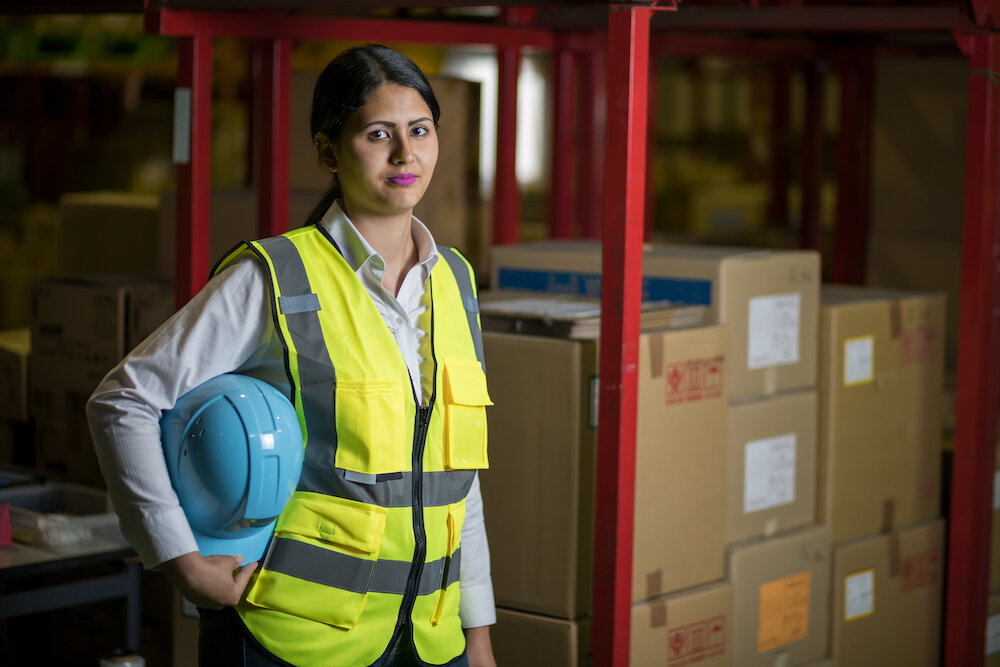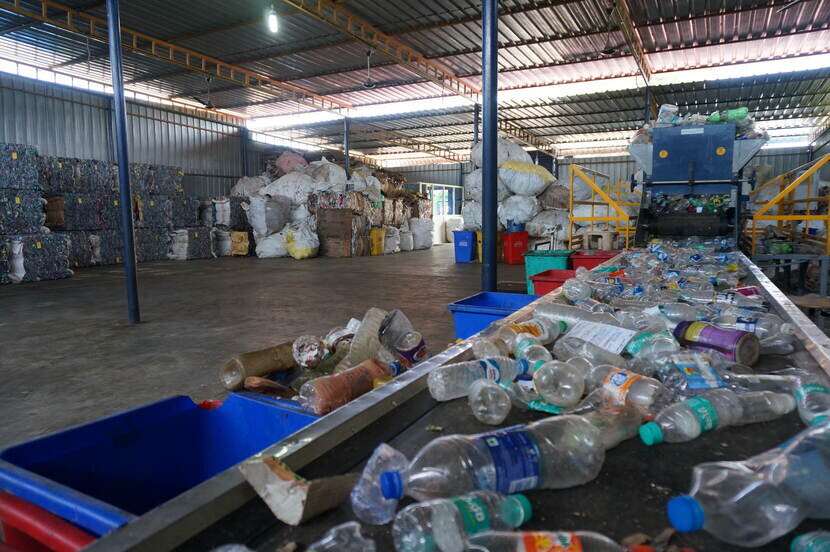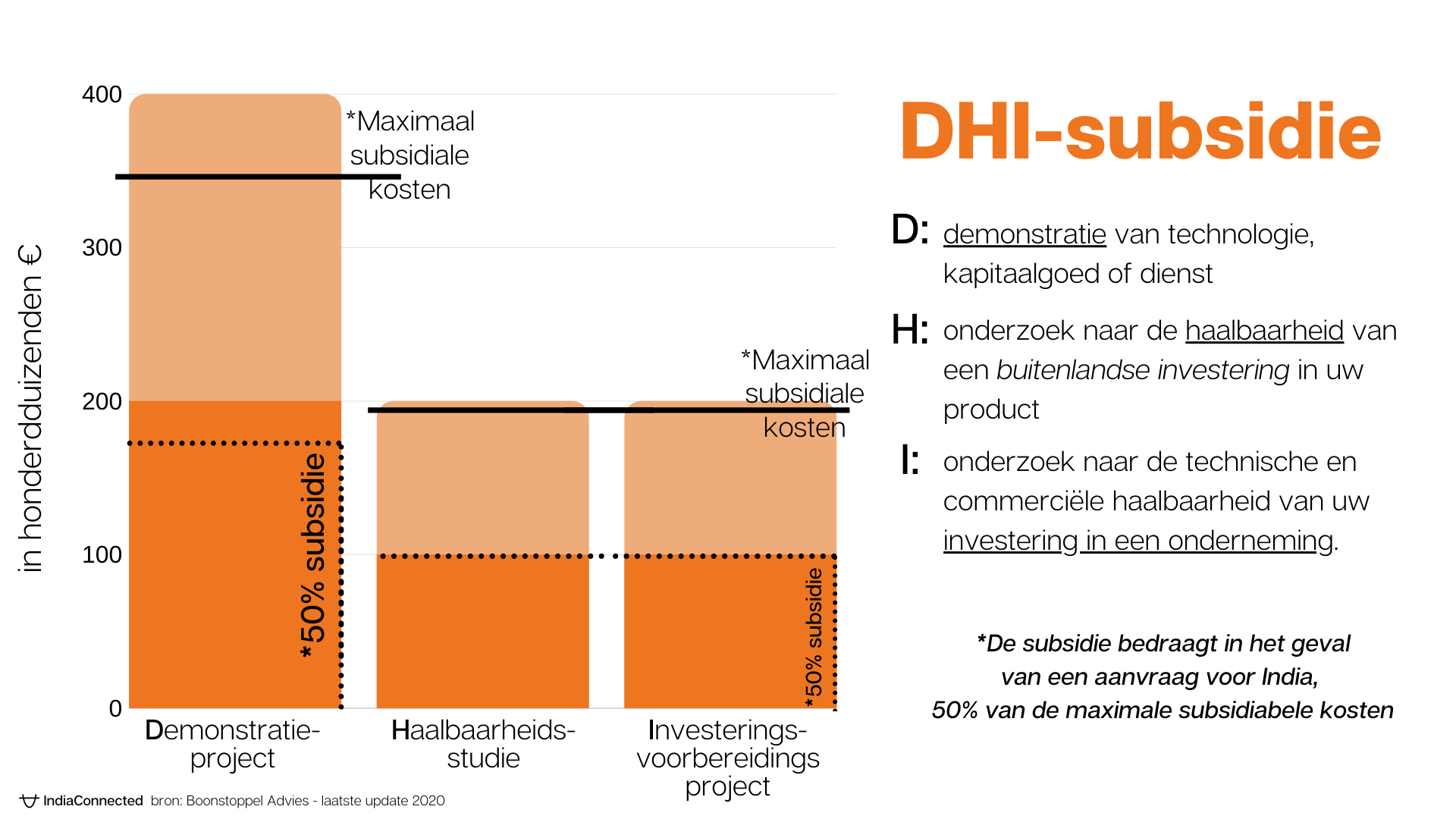The COVID-19 outbreak confronted the world with its dependence on China for the production of all kinds of goods. Consequently, newspapers have recently been full of reports of big names moving production to India, or opting for a second location in India. Apple and Samsung opened their Indian factories in August 2020, and pharma giant Johnson and Johnson is moving its operations from China to India. But what makes India such an attractive location to manufacture?
India offers low production and labour costs and a large pool of well-trained workers
Production hub India offers foreign companies interesting advantages. For instance, production and labour costs are still low, but the country's rapid technological development ensures that the quality of production meets high European standards. This was also an important reason for the Amersfoort-based supplier of castings and forgings, Prins, to stop producing exclusively in China after 23 years. "China became too expensive in some areas, for example, the hourly wage has risen considerably in recent years. In India, we found competitive prices and an extensive choice of production methods," Erik Sattler, the CTO of Prins, told us in an interview about setting up their Indian production branch. "On top of that, India is more accessible because of the language, everyone in India speaks English. The lines of communication are short because of this; I am in contact with our suppliers simply via Whatsapp."
Tax breaks and subsidies for those who produce in India
The Indian government is working hard to create a favourable business environment. Cheap land for industrial use is being freed up on a large scale and the country's infrastructure is being improved considerably. An example of this is the successful commissioning of the first double-stack container train by Indian Railways. In addition, the Indian government introduced a lot of favourable financial incentives for companies manufacturing in India. A few of these initiatives are listed below:
The corporate tax rate has been reduced from 30% to around 25%. India's corporate tax rate is now the lowest in Southeast Asia.
Introduction of initiatives like 'Make in India' and 'Skill in India'. These programmes focus on creating employment in the manufacturing sector. Moreover, they also focus on improving skill development to create a large pool of skilled labour.
The rules for land acquisition have been relaxed.
Companies and limited liability companies benefit from various relaxations in the Companies Act 2013 and LLP Act 2008.
Income tax, GST and customs exemptions came in when Lockdown was lifted.
"Opening a factory in India also offers the possibility of winning large government contracts," says Maarten Durville, director of the Indian factory of aircraft component builder Fokker Elmo. "We work a lot with Boeing, for example, and they would like to sell their Super Hornet Fighter to the Indian government. But the Indian government will only make such a large purchase on condition that the company also does something in return for the country. In this case, Boeing can show that through our cooperation it creates jobs in India and thus win a place at the negotiating table."
The Do's and Dont's of setting up production in India
Apart from all the advantages of a manufacturing location in India, there are always a lot of things to consider when starting out in India. We discussed the smartest strategies during our last webinar on manufacturing in India. The COO of Maier+Vidorno, IndiaConnected's partner in India, Shavikesh Goel shared his key tips. Please find below the registration of the webinar:




